Tension in the hip flexors causes a sense of stiffness across the hips. The hip flexors are a set of muscles that link the upper leg to the hip and are located at the top of the thighs. These muscles allow you to elevate your leg and bend at the waist.
Symptoms Your Hips Are Tight
Lower back tightness or discomfort, particularly while standing, Poor posture, and the inability to stand up straight Tightness and soreness in the neck, as well as Lower back and hip discomfort, are common symptoms of gluteal pain.
Hip stiffness is the sensation that your hip joint isn’t moving as freely as it used to, and it’s usually unpleasant. When you move, it may feel as though your hip is clicking or popping. Your range of motion may be impacted as well. When your hips are tight, you may move more slowly than usual.
Tight hips usually cause pain and discomfort in the upper groin region. Lower back soreness and hamstring strain are possible side effects. Tight hips can cause problems with the low back and knees.
Some people are also more susceptible to tightness in that part of their body. Due to the increased pressures on tissues that aren’t functioning properly, tight hips may put you at risk for injury.
Continue reading to discover more about stiff hips and how to relieve them. Muscle stiffness and soreness can also be reduced by stretching and massage.
Pigeon Pose (Eka Pada Rajakapotasana)
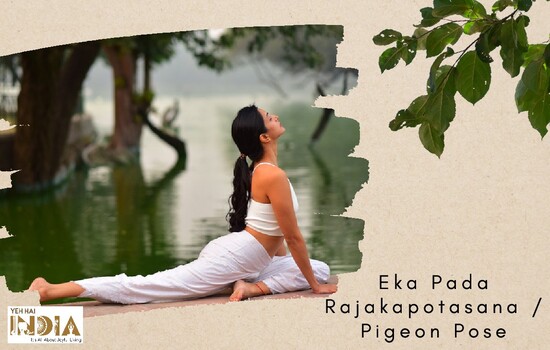
Pigeon Pose, also known as Eka Pada Rajakapotasana, is a hip-opening forward bend asana. Yoga practitioners frequently use this stretch. It may be used on a regular basis to increase hip flexor mobility.
Instructions on how to accomplish it are as follows:
Lie down on your back with your legs bent toward the ceiling and your feet flat on the floor.
2. With your right knee pointing out to the right, place your right ankle on top of your left thigh.
3. Raise your left foot off the ground. Both feet should be bent.
4. Clasp your hands behind your right thigh with your right hand through your legs and your left hand around the left side.
5. Bring your left thigh up to your chest. The movement of your right knee away from your chest continues.
Recommended Story – Yoga Postures For Slow Metabolism By Ira Trivedi
Hand-to-Foot Pose (Hastapadasana)
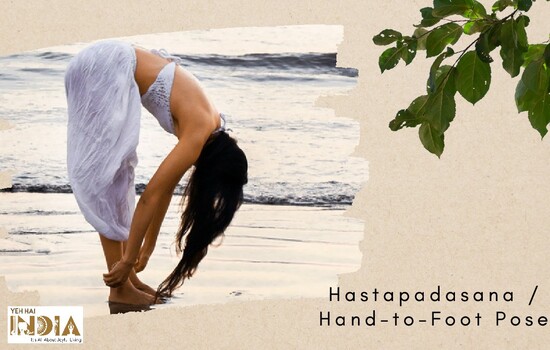
Hastapadasana is a stretching pose that may be used as a warm-up practice before lifting large objects. Second, it stimulates blood circulation and revitalizes the neurological system. After doing this yoga, the abdominal organs are toned and the spine becomes more flexible.
Steps:
1. Stand with your feet together and your arms at your sides.
2. Raise your front hands over your head while breathing.
3. Bring your hands down to your toes or grip your ankles while exhaling, keeping your knees straight.
Low Lunge Pose / Ashwa sanchalanasana
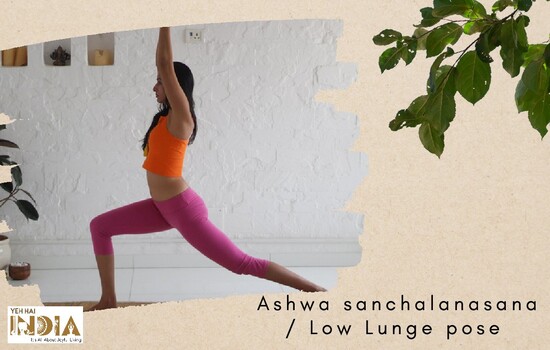
Low Lunge Position (Ashwa sanchalanasana) is a yoga pose that is part of the Surya Namaskar routine (Sun Salutation). This is an excellent stretch and toning position for the hips, quadriceps, and groyne. The asana also extends the back muscles as well as opens the chest.
To tone your hips, follow these steps:
1. Start with Vajrasana. Begin by sitting on your feet with your calves tucked beneath your thighs in the thunderbolt posture, or Vajrasana.
2. Rise. And then take a step forward to create a 90° angle between your thigh and calf.
3. Breathe.
4. Raise your body, shifting your weight to your right leg and lengthening your left leg completely. Your back should remain straight as your trunk moves forward.
5. Take a long stretch.
6. Release. Inhale deeply and move your weight back into the thunderbolt posture.
Head-to-Knee Pose, Janu Sirsasana
Head-to-Knee Pose, also known as Janu Sirsasana, is a great stretch for tight hamstrings and thigh muscles. A forward fold, a twist, and a side body stretch are all combined into one pose.
Steps:
1. Place the sole of the left foot within the inner thigh of the right leg.
2. Keep your left knee flat on the ground. Place your hands on the top of your right knee with the palms facing up.
3. Take a deep breath and slowly bend your body forward, moving your hands towards your right foot, using your pelvic muscles.
Triangle Pose (Trikonasana)
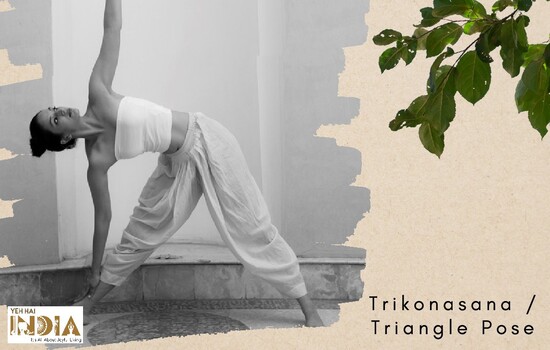
Triangle Pose, also known as Trikonasana, is a standing asana in contemporary yoga. Stability is improved. Trikonasana strengthens and stabilizes your Hip, Vertebral column, Knee, Shoulder, Thigh, Hamstring, Ankle, Calf, Inguinal area, and core muscles.
Steps-
1. Standing upright with your legs apart is the first step.
2. Inhale.
3. Exhale.
4. Slide your left arm down your left leg until your fingers are at your ankle at the same time.
5. Your right arm must be horizontal at this moment, and your head must be inclined left.
6. Keep your knees and elbows straight as you hold the posture.
7. Inhale.
Recommended Story – Don’t Let Belly Fat Play Down Your Confidence With These Yoga Postures – By Ira Trivedi
Cobra Pose (Bhujangasana)
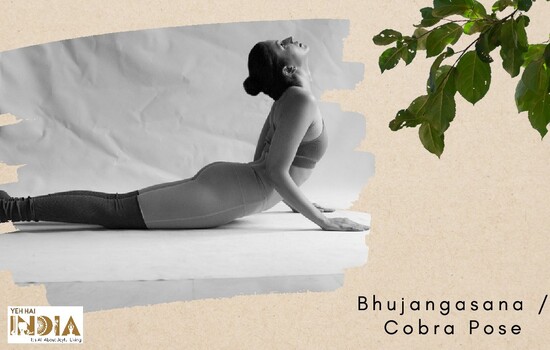
The Surya Namaskar routine includes Bhujangasana. It’s a tough backward bend that works the hip flexors, which are the muscles that run down the front of the thigh and pelvis. This stretch may also be felt throughout the front of the torso and up into the chest! If you walk or run a lot, this is a wonderful stretch.
How to Do It in Steps:
1. Start by lying down on your stomach.
2. Raise your trunk and head with your palms supporting you.
3. Bend your elbows at a 90-degree angle.
4. Gently arch your neck and look upward.
5. Make sure your tummy is flat on the ground.
6. Press your toes into the floor to exert pressure.
Butterfly Pose (Baddha Konasana)
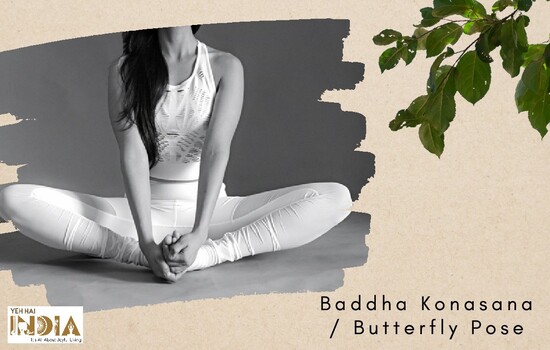
Baddha Konasana is a popular position for extending the inner thigh muscles and expanding the hips. This apparently basic stance also improves your posture and develops your core.
Steps
1: Sit down.
2. Bend your knees gently and press your feet’ soles together.
3. Put your hands on your ankles or shins and interlace your fingers around the pinkie-toe side of your feet.
4. Broaden your chest while lengthening your spine.
5. Pull your shoulder blades back and down.
Extended Leg Squat (Utthita Malasana)
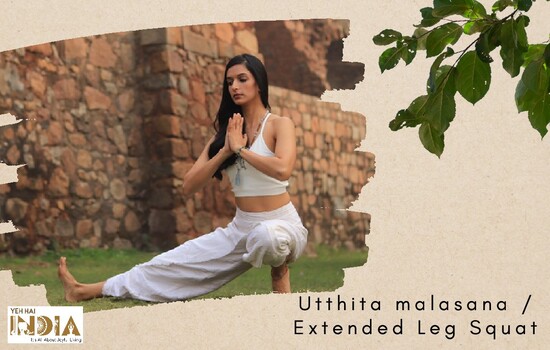
The Yogi Squat, Malasana, is the king’s hip opener. The thighs, groyne, hips, ankles, and torso are all stretched in Malasana. It helps with elimination by toning abdominal muscles and improving colon function. This position also improves pelvic circulation and blood flow.
Steps:
1. In a squatting posture, tuck your toes under and move your hands in towards your feet, keeping your knees bent and your hips squeezed down towards your heels.
2. Walk your feet wider apart until your body is no longer resting against your thighs and your feet are flat on the floor.
Seated Forward Bend (Pashchimottanasana)
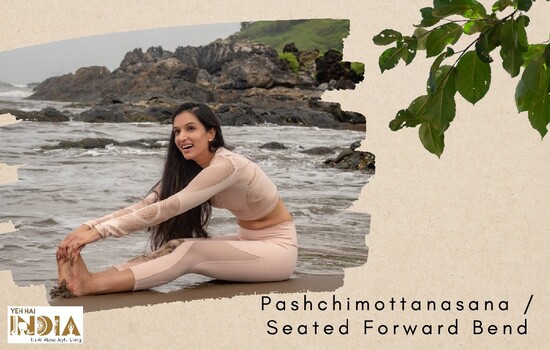
Sitting Front Bend, or Pashchimottanasana is a seated forward bend asana. The rear of the body, including the calves, hamstrings, and spine, is stretched deeply in Pashchimottanasana. Forward bends are thought to help reduce tension and possibly boost your mood.
Steps
1: Extend your arms out to the sides and up above your head, reaching towards the ceiling.
2. Take a deep breath in and extend your spine.
3. Begin to lean forward as you exhale, hingeing at your hips.
4. Lengthen your spine with each breath.
5. Deepen your forward bend with each exhale.
These yoga positions can help you tone your legs, loosen your hips, and relieve stiff hips while also providing a comprehensive training program of standing, sitting, bending, and lying down activities.
If you want to learn and explore more yoga asanas, check out our yoga challenges.
Visit www.yoglove.in for more information about Yoglove’s 21-day yoga challenge, Face yoga workshop, and other classes, workshops, and courses. Yoglove also provides daily LIVE yoga sessions to assist you to reach your fitness objectives.
Also Read – Protect Your Respiratory Health With These Yoga Poses






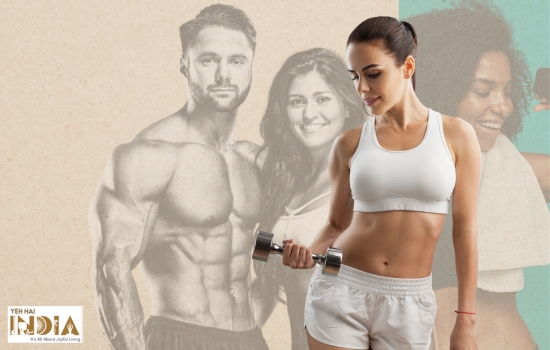


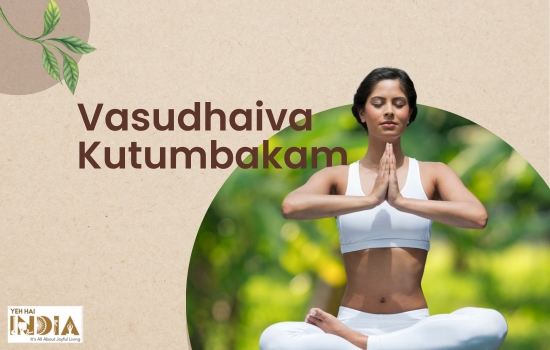

Pigeon Pose (Eka Pada Raj…..) and it’s instructions don’t match.